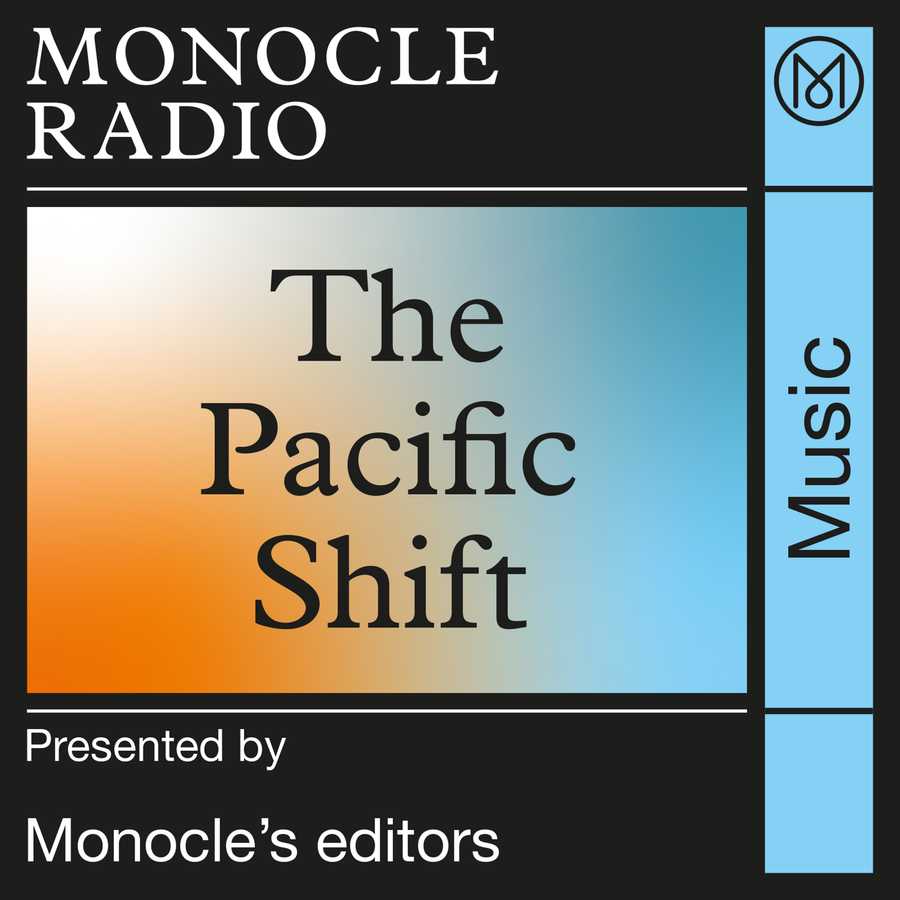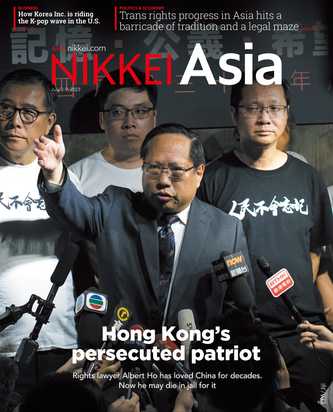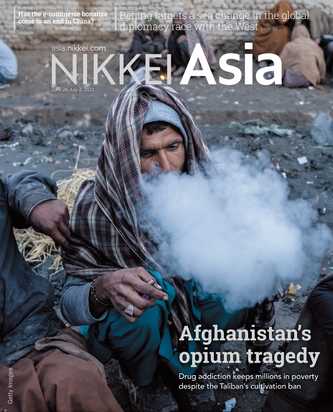Monocle events and promotions
Monocle radio
Featured podcasts and chapters
Latest Podcasts
Monocle Films
Latest Films
Monocle magazine
Previous issues
Free to read in this issue
Monocle Shop
Featured categories and collections
Subscribe to the Monocle newsletters
Sign up to Monocle’s email newsletters to stay on top of news and opinion, plus the latest from the magazine, radio, film and shop.
Monocle recommends
Minute & Weekend Editions
Wednesday 5 July 2023
A 手机澳洲幸运8开奖结果手机版 澳洲快乐8开奖官网 168澳洲幸运8开奖结果官方网站 well-appointed briefing





